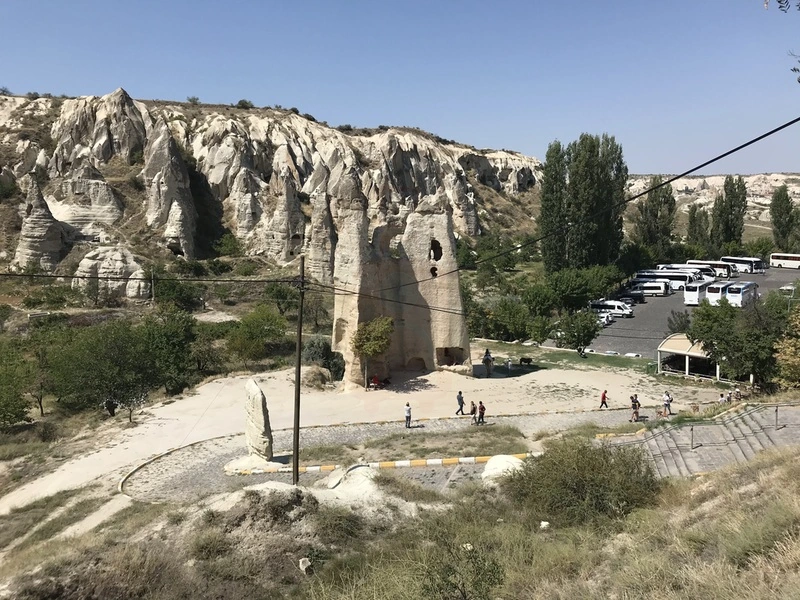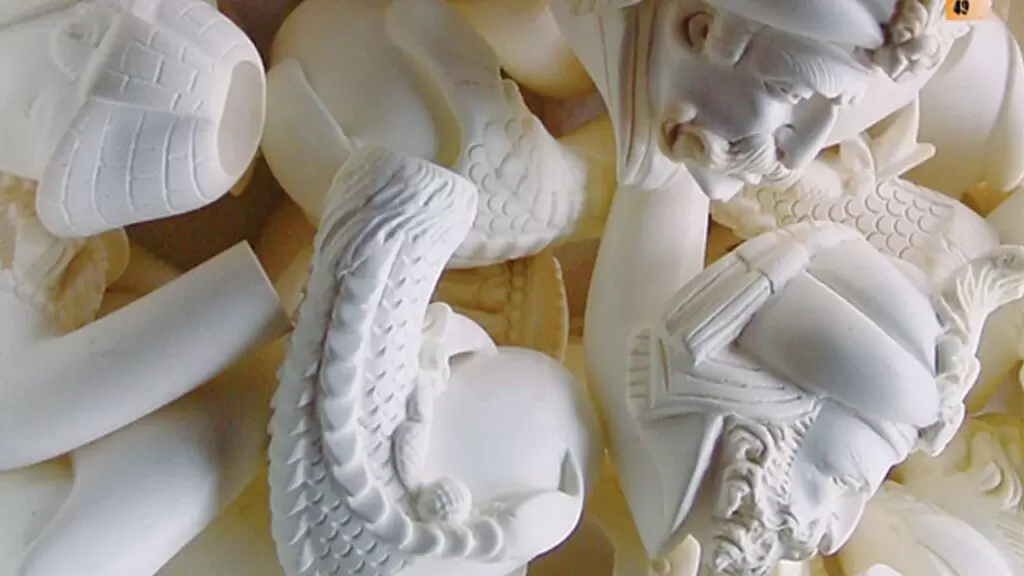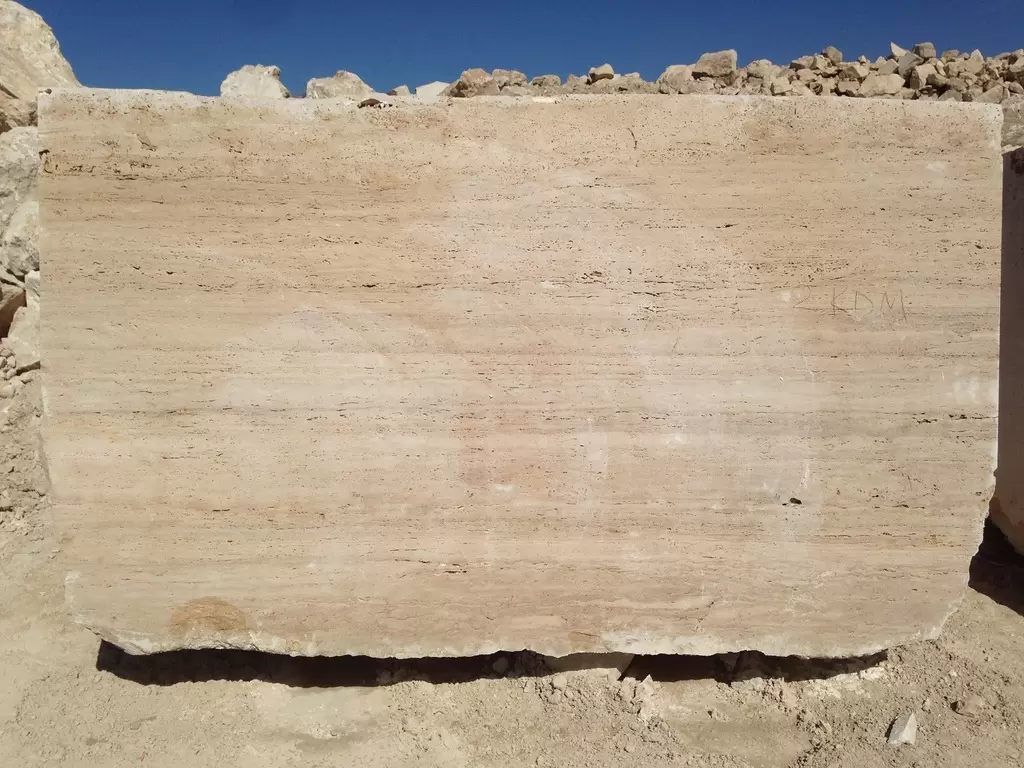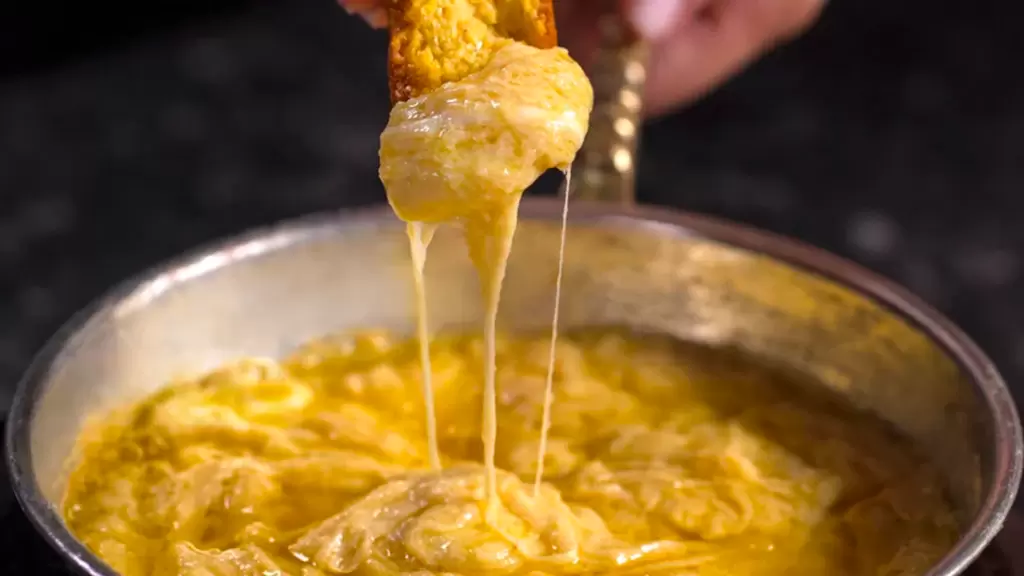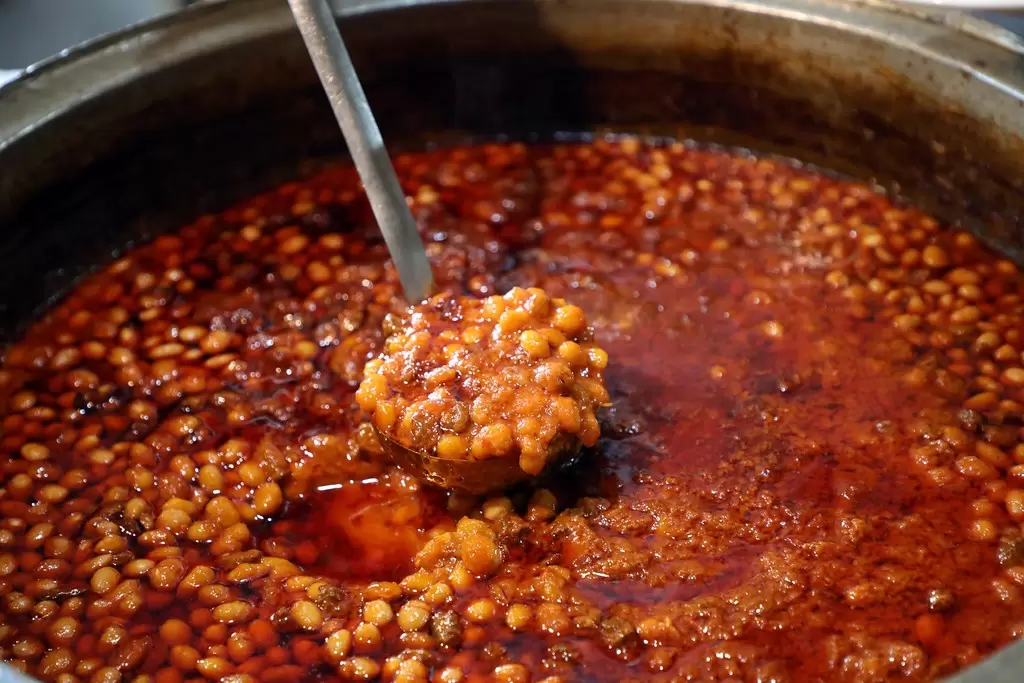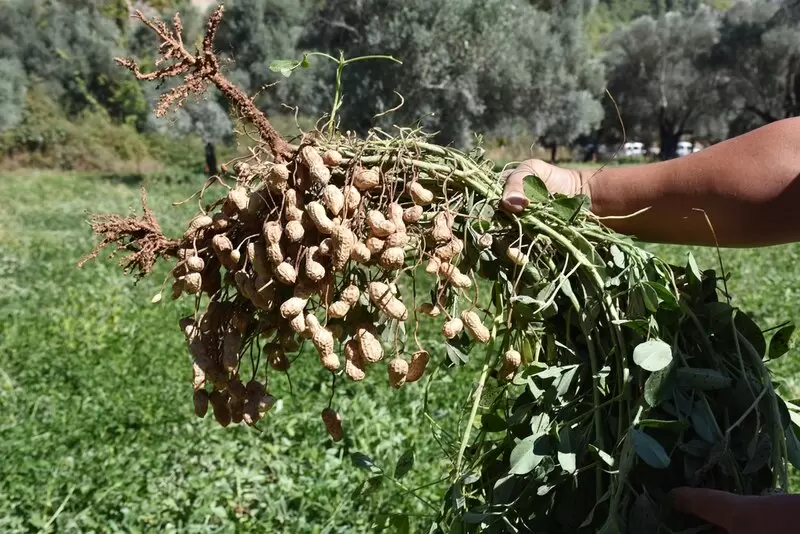
Marmaris Peanut (Arachis hypogaea L.) is a geographically indicated product, celebrated for its exceptional quality, distinctive flavor, and unique growing conditions in the Mediterranean region of Marmaris, Turkey. Known for its large seeds with a characteristic pink hue, Marmaris Peanut is a vital part of the region’s agricultural heritage and a popular choice for both local and international markets. This versatile legume is consumed as raw, shelled peanuts or roasted as a nutritious and flavorful snack.
Distinctive Features of Marmaris Peanut
-
Unique Characteristics of the Peanut:
Marmaris Peanut stands out with its large seeds, typically pink or pink-toned in color, which range in size from 17 to 27 mm in length and 9 to 12 mm in width. The peanuts are rich in oil, with an oil content of 50-60%, making them highly nutritious and ideal for a variety of culinary uses. Each peanut shell typically contains 1 to 3 seeds, although it can hold up to 6. -
Ideal Growing Conditions:
The warm Mediterranean climate of Marmaris, characterized by long, hot summers and mild winters, provides the perfect environment for peanut cultivation. The region’s well-drained, sandy-loamy soils, rich in minerals and organic matter, facilitate the growth of large and high-quality peanuts. The terra-rosa soils (reddish Mediterranean soils) further contribute to the robust size and flavor of Marmaris Peanut. -
Underground Fruit Development:
One of the most unique aspects of peanut plants is their ability to develop fruits underground. After self-pollination, the flowers of the peanut plant bend toward the soil, where they continue their development beneath the surface. This natural process protects the peanuts from external environmental factors, ensuring consistent quality and flavor. -
Versatile Planting Cycles:
Marmaris Peanut can be grown as a primary crop or as a secondary crop. To achieve optimal yield, crop rotation practices are recommended. The plant thrives when temperatures remain above 18°C, with lower temperatures potentially reducing productivity, especially for secondary planting cycles. -
Traditional Drying and Curing Methods:
The region's warm climate and excellent sunlight exposure play a crucial role in the peanut drying process. Proper drying enhances the peanut’s flavor and preserves its quality, making it suitable for long-term storage and consumption. This natural drying method aligns with traditional farming practices, ensuring the authenticity of Marmaris Peanut. -
Nutritional Value:
Rich in oil and protein, Marmaris Peanut is a nutritious food source. Its high oil content makes it suitable for roasting, pressing into peanut oil, or using in various culinary applications. The peanuts are also a valuable source of energy and a key ingredient in snacks and desserts. -
Economic and Cultural Significance:
Marmaris Peanut is a staple agricultural product in the region, contributing to the local economy and sustaining traditional farming practices. Its cultivation, harvesting, and processing reflect the agricultural expertise of the Marmaris community, passed down through generations.
Why Marmaris Peanut is Special
Marmaris Peanut is more than just a product—it is a representation of the region’s rich agricultural heritage, ideal climate, and dedication to quality. The unique combination of large seed size, high oil content, and distinctive pink hue makes it a standout among peanut varieties. Whether enjoyed raw, roasted, or incorporated into local dishes, Marmaris Peanut offers a flavorful and nutritious experience that embodies the essence of the Mediterranean region.
For travelers exploring Marmaris, tasting these premium peanuts is a must. They not only showcase the region's agricultural excellence but also provide a delightful connection to its culture and traditions.







